How to Care for Your Hybridized Daylilies
Keeping Your Blooms Healthy, Happy, and Thriving for Years to Come
BEST PRACTICES
At Souls ‘n Bloom, each lily we send out is a one-of-a-kind hybrid, grown with love and delivered to you bare root — ready to take its place in your garden and your story. With the right care, your lily will reward you with beautiful blooms year after year, becoming a living tribute to the person, pet, or moment you’re honoring.
This guide will walk you through best practices from the moment your lily arrives, helping you protect, nourish, and enjoy your plant for decades.
JUMP TO SECTION
-
🌞 Daily & Seasonal Care
-
🌸 Long-Term Troubleshooting
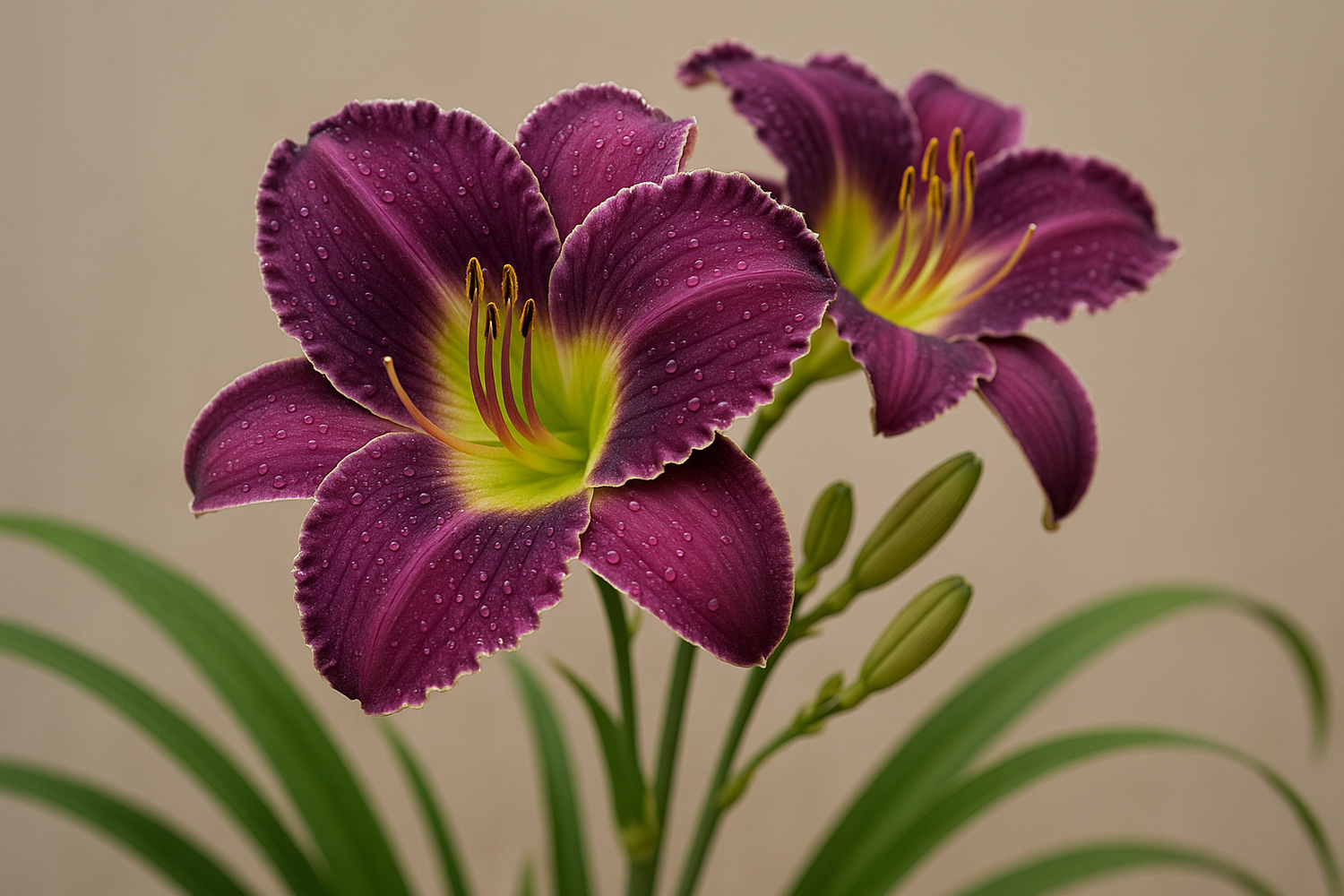
From Our Hands to Yours: Receiving Your Bare Root Lily
Your lily is shipped bare root to ensure it arrives in top condition without excess weight or soil. When it arrives:
- Unpack immediately to allow air circulation.
- Check the roots — they should be firm, not mushy or dark.
- If planting right away, soak the roots in lukewarm water for 1–hour, no more to rehydrate them.
If you can’t plant immediately, store in a cool, dry location for a few days. For longer delays, Plant in a pot with potting soil and water. Keep in a sunny location, away from deer and do not allow the roots to dry out.

Choosing the Right Planting Location
Hybridized daylilies thrive in many conditions but prefer:
- Full sun – 6+ hours a day for the best bloom performance preferable with shade after 1 or 2 o'clock to extend the life of the bloom.
- Well-drained soil – they don’t like “wet feet,” which can cause root rot.
- Air circulation – avoid overcrowding with other plants.
- Plant multiple lilies at least two feet apart.
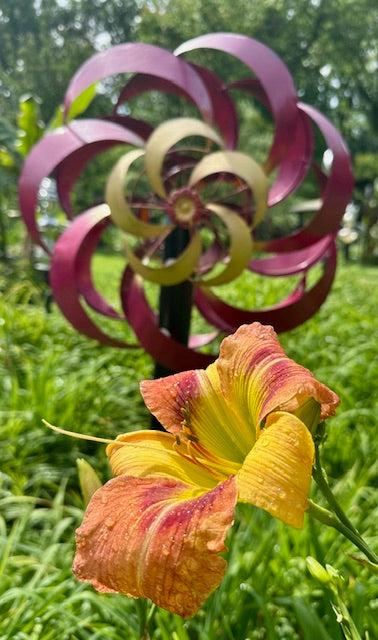
Planting Your Hybridized Daylily
- Prepare the soil – Loosen it 15 inches deep and mix in compost or organic matter.
- Dig a hole – Large enough for the roots to spread without bending.
- Form a cone shaped mound and spread the roots around the mound.
- Gently fill the dirt in covering all the roots up to the plant crown.
- Gently firm the soil and do not pack hard.
- Water well – Saturate the planting area to help roots settle.
- Use of “Super Thrive” or a fertilizer is recommended to help the lily out of shock.
Spacing: Keep plants 24 inches apart to allow air circulation for a healthy plan
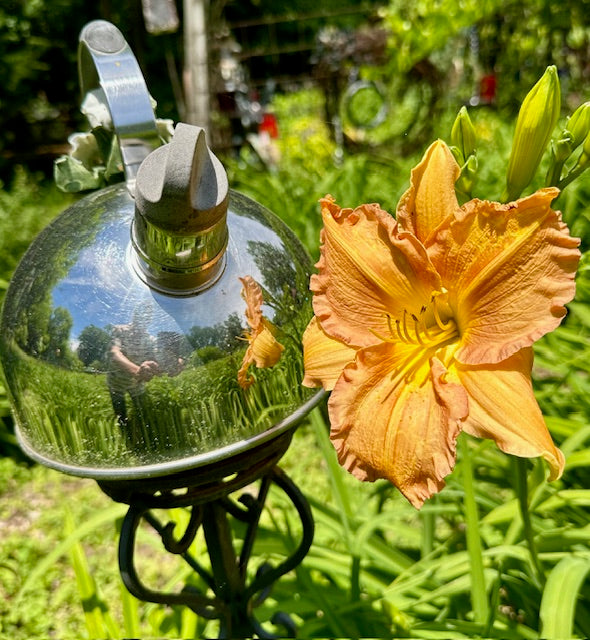
Watering Best Practices
- Establishment phase (first 6 weeks) – Keep soil consistently moist but not soggy.
- Mature plants – Water deeply twice a week during dry periods.
- Morning watering – Reduces risk of disease by allowing foliage to dry before nightfall.
Tip: A soaker hose or drip irrigation is ideal for delivering water directly to the roots.
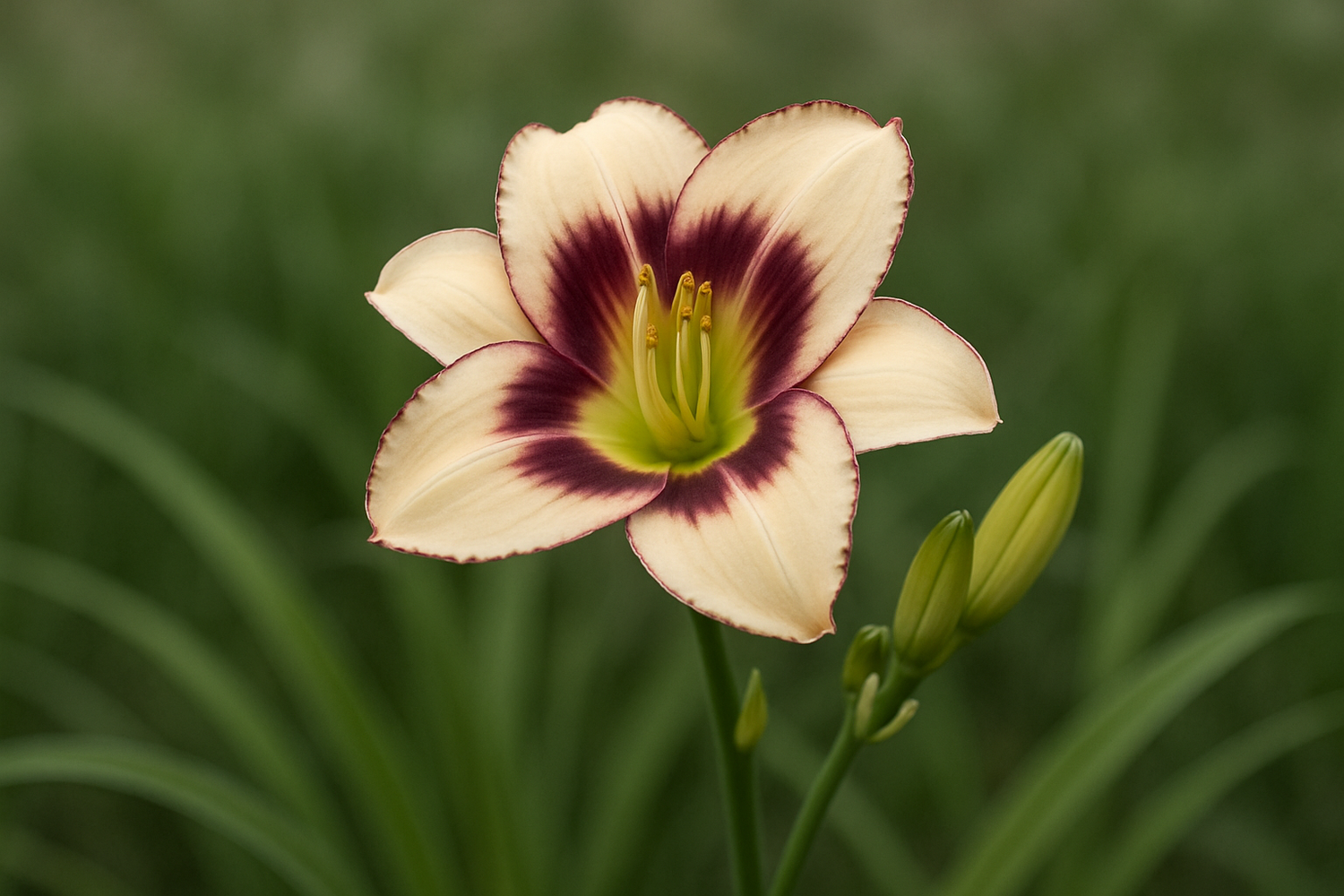
Feeding Your Daylily
Hybridized lilies benefit from balanced nutrition:
- Early spring – Apply a balanced slow-release fertilizer (e.g., 10-10-10).
- After flowering – Feed lightly to encourage healthy root development before winter.
Avoid excessive nitrogen — it promotes leaves at the expense of blooms.
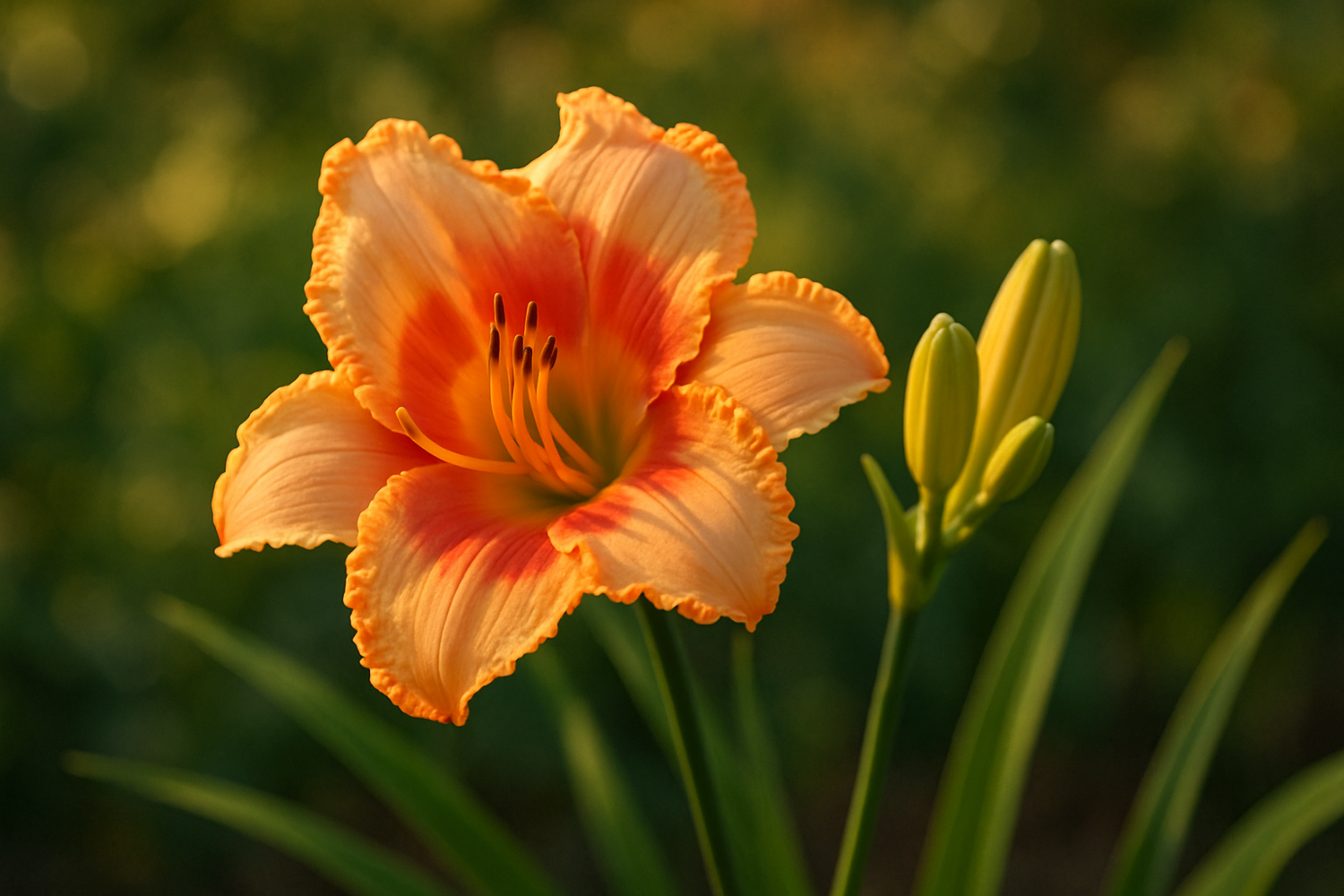
Mulching for Protection & Moisture
- Apply a 2–3 inch layer of mulch around the plant to conserve moisture, suppress weeds, and regulate soil temperature.
- Keep mulch away from the crown to prevent rot.

Encouraging Reblooming
Our hybrids will rebloom with proper care:
- Deadhead spent flowers regularly to direct energy into new blooms.
- Remove spent scapes (flower stalks) only after they have turned brown and are easily removed with a slight pull. Green scapes can be cut back.
- If a proliferation occurs (an identical plant growing from the flower scape), wait til it begins to show roots and pluck it from the scape and plant in loose moist soil, to create an identical plant.
Keep watering and weeding the area during the growing season to encourage repeat blooming.
Seasonal Maintenance
-
Spring
- In cold climates, remove winter mulch once danger of frost passes.
- Add fertilizer after the last freeze or in early Spring,.
- In cold climates, remove winter mulch once danger of frost passes.
-
Summer
- Water consistently during hot periods twice a week if no rain.
- Deadhead (removing spent blooms), to add energy to the next blooms.
- Water consistently during hot periods twice a week if no rain.
-
Fall
- Remove dead scapes and cleanup foliage that has died back.
- Mulch to protect crowns in cold climates.
- If lily is planted in pots, they must be moved to a protected area.
- Remove dead scapes and cleanup foliage that has died back.
-
Winter
- Some daylilies are evergreen and some are semi evergreen and some are dormant. We have provided in our online description our observations of the lilies in the winter in our Zone 8.
- In colder areas, it is advised to choose a dormant lily to ensure longevity.
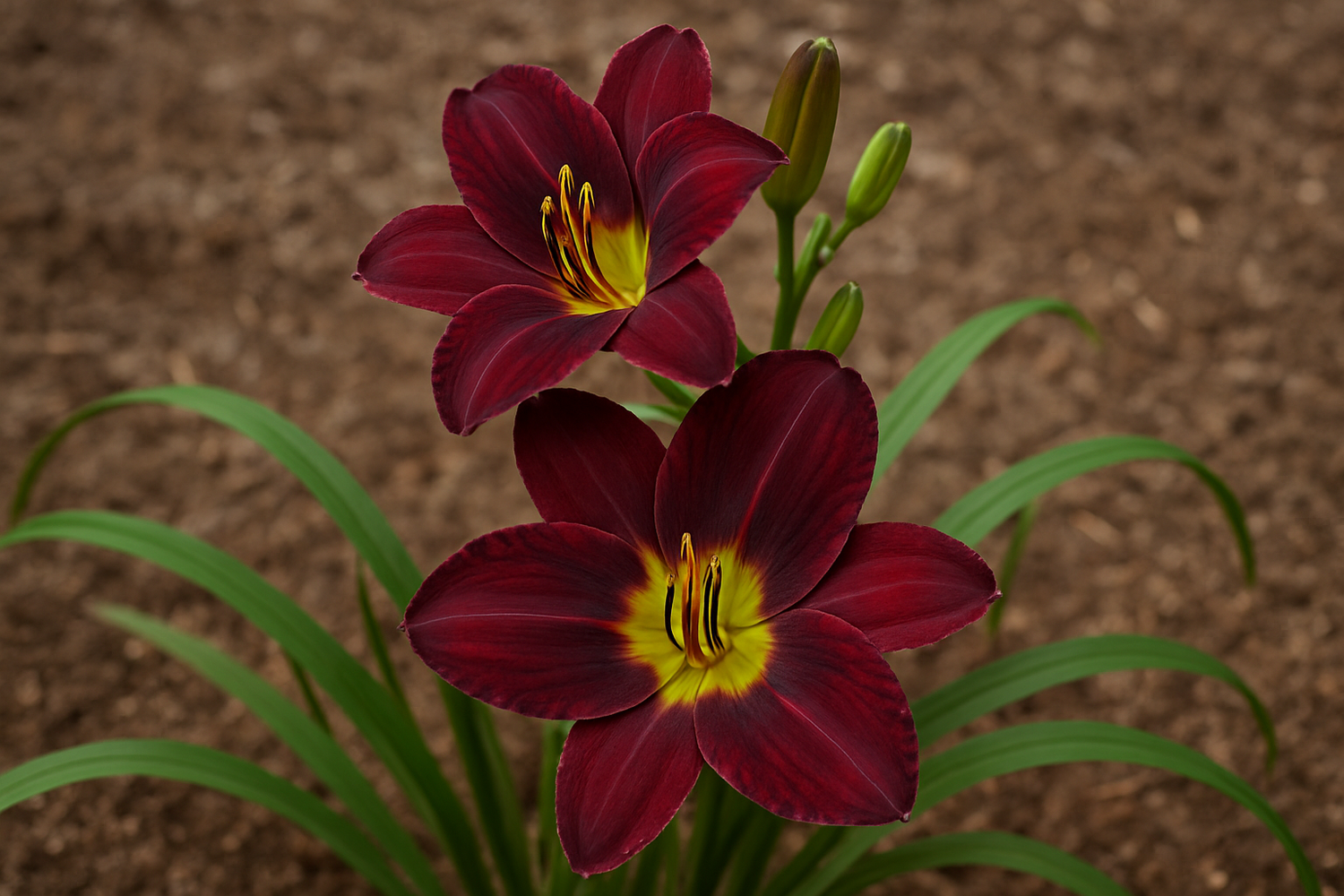
Relocating or Dividing Your Lily
Every 4–5 years, lilies may benefit from division to maintain bloom vigor:
- Dig up the entire clump in the Fall.
- Gently separate fans of leaves with the attached healthy roots.
- If necessary cut between fans leaving enough roots to sustain the plant.
- Gift or replant divisions as desired, following planting guidelines.
Relocation Tips: Choose a new location and enjoy more of the same beauty.
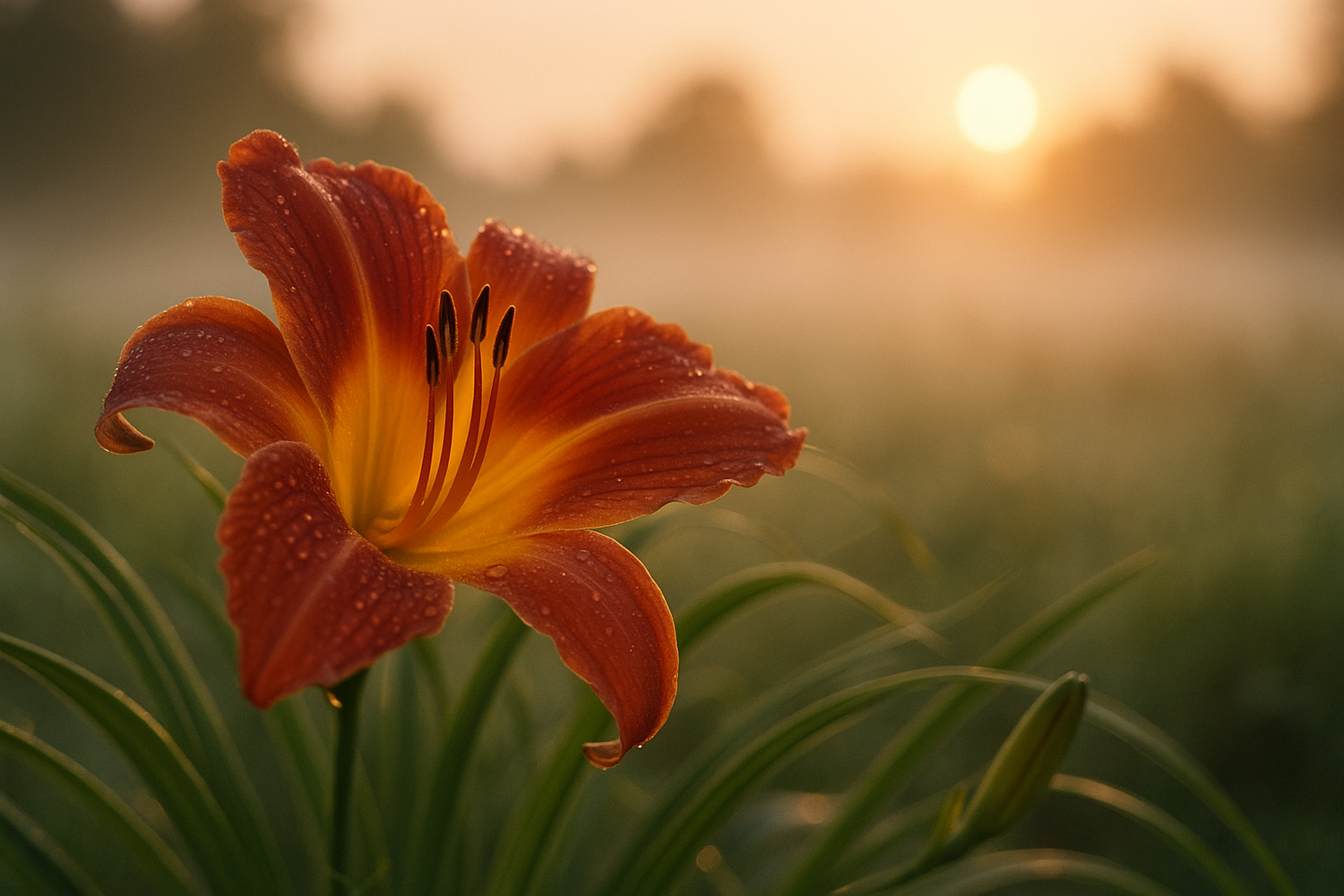
Signs of Trouble
- Brown leaf tips – Often caused by inconsistent watering or drought stress.
- Soft or mushy crown – Crown rot from excess moisture can be fatal to the plant.
- Poor blooming – May be due to low sunlight, overcrowding, or excessive nitroge.
- Although daylilies are very hearty, all plants need nurturing.
Dealing with Adverse Weather
-
Heavy Rain
- Improve drainage or raise beds if plants sit in water.
- Avoid working in wet soil to prevent compaction.
- Improve drainage or raise beds if plants sit in water.
-
Drought
- Mulch heavily and water deeply once or twice a week.
- Mulch heavily and water deeply once or twice a week.
-
Frost
- Most lilies can withstand a late frost. Foliage may burn but the plant will survive.
-
Heat Waves
- Provide temporary shade to prevent bloom scorch and water consistently.
- Provide temporary shade to prevent bloom scorch and water consistently.
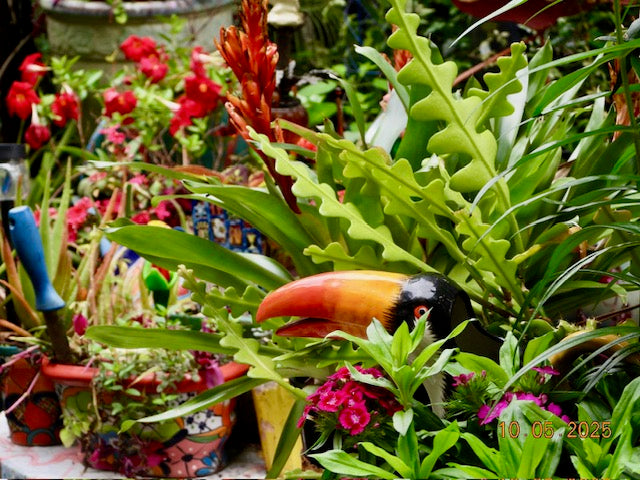
Pest & Disease Awareness
Daylilies are hardy but can face:
- Aphids – Spray with insecticidal soap.
- Spider mites – Spray with a miteacide.
- Daylily rust – Remove infected leaves and treat with fungicide if needed.
Good air circulation and proper spacing are your best defenses.

Caring with Intention
Your hybridized daylily isn’t just a plant — it’s a uniquely crafted living symbol of love, memory, and celebration. Caring for it is as much about ritual as it is about horticulture. With attention, patience, and seasonal care, your lily can be shared and will thrive for decades, growing alongside your story.
At Souls ‘n Bloom, we believe that tending to a memorial or celebration bloom is an act of connection — to the people we love, the moments we cherish, and the life cycles that keep us grounded. Every time your lily returns, it’s a reminder: love still lives here.
